Gerbil – Not Just a Desert Rat
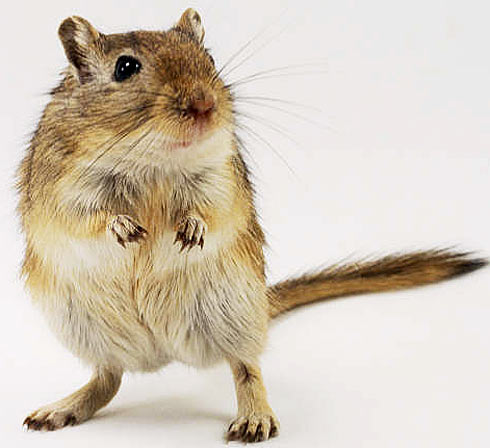
Formerly referred to by the much harsher name of ‘desert rats’, gerbils are small mammals from the Rodentia order (rodents). The gerbil subfamily is dispersed throughout Africa, India, and Asia; and contains about 110 species that have all adapted to arid habitats. Although they have become popular pets in North and South America, they aren’t actually indigenous to either continent.
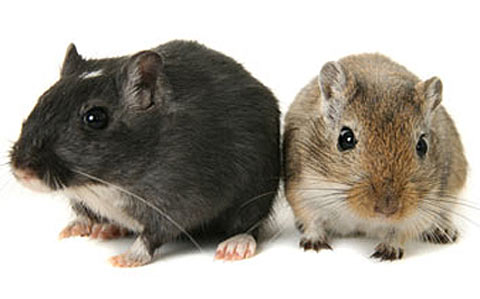
Gerbils typically weigh no more than 3 ounces, and are between 6 and 12 inches (150 and 300 millimeters) long when including their tail, which often makes up over half their body length. However, the Great Gerbil (a species native to Turkmenistan) can grow up to 16 inches (400 mm).
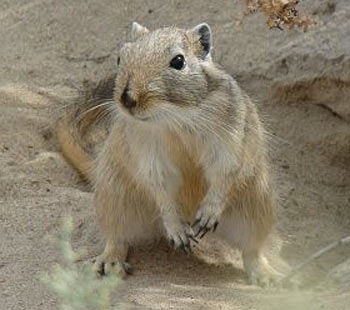
Great Gerbil
Known as social animals, gerbils are found to live in groups in the wild, relying on scent to identify other members of their clan. Strangely enough, as friendly as gerbils are to familiar scented pears, they are violent and territorial to those they don’t recognize. As a result of their generally friendly behavior, propensity against biting humans, and low excretion levels (their kidneys are adapted to live in arid climates, and therefore conserve fluids and produce a minimum amount of waste, making them a fairly clean and odorless pet). Although similar in appearance to hamsters, gerbils like to dig so they will be unhappy in a simple plastic enclosure that might be a nice hamster home or mouse house.
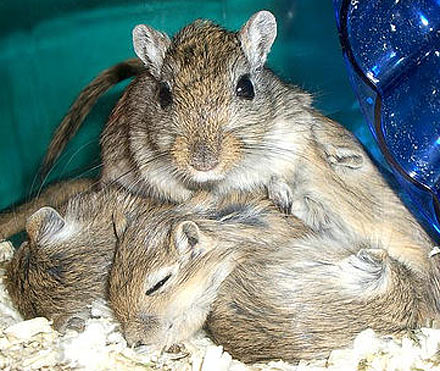
Gerbils were originally popularized as pets when the Clawed Jird (a Mongolian species) was brought from China to France in the nineteenth century. They were then introduced to the United States’ market in 1954 when doctors began to use them for research. Despite their role as pets in many households, the fact that gerbils are still used en-mass for research makes them a subject of debate and controversy.
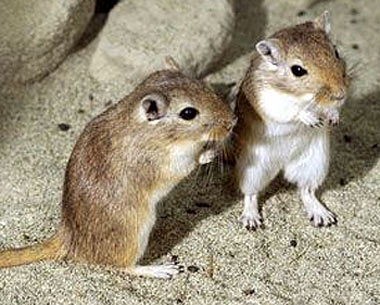
Clawed Jirds
